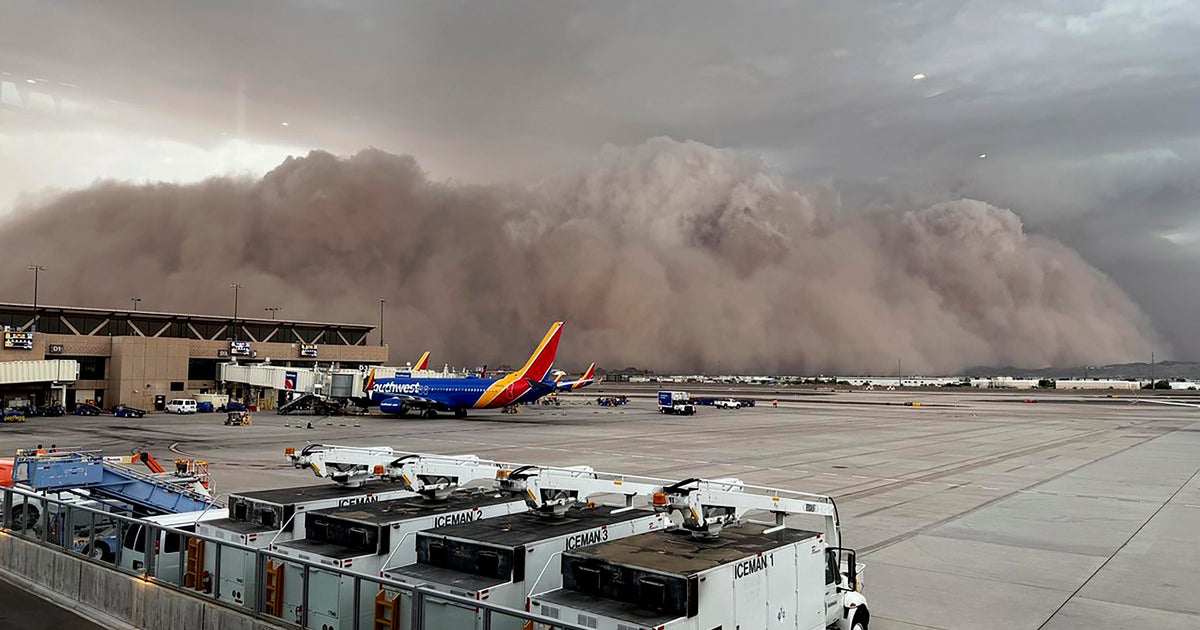Phoenix Dust Storm Explained: What Are Haboobs and What Causes Them?
Phoenix Dust Storm Explained: What Are Haboobs and What Causes Them?

A massive haboob, a dense wall of dust, recently swept through the Phoenix area, blanketing the metro region and its international airport. The powerful dust storm caused significant disruptions, impacting both ground and air travel and leaving thousands across Arizona without power.
Understanding these dramatic weather phenomena is crucial for residents in arid and semi-arid regions. So, what exactly is a haboob?
According to the National Weather Service, a haboob is a specific type of dust storm generated by the outflowing winds from an approaching thunderstorm. The term itself is derived from the Arabic word ‘habb,’ meaning ‘to blow.’ Historically, haboobs were first described in Sudan but are now recognized globally in arid regions, including the Middle East, the Sahara Desert, central Australia, and particularly the southwestern United States, such as Arizona’s Sonoran Desert.
Unlike other dust storms, haboobs are uniquely triggered by thunderstorms over dry, dusty terrain. As a thunderstorm builds, it produces downdrafts from its cumulonimbus clouds. When this air hits the ground, it spreads outwards, pushing ahead of the storm. If these downdrafts are strong enough, they can lift massive amounts of dust and debris, creating the towering wall of dust characteristic of a haboob.
When a haboob strikes, visibility can rapidly diminish, often to near zero, while wind speeds dramatically increase. This sudden loss of visibility is the most dangerous aspect, posing extreme hazards for drivers. The National Weather Service advises motorists encountering dense dust to pull off the roadway as far as safely possible, turn off all lights (including tail lights), and set the emergency brake. This prevents approaching vehicles from mistakenly following their lights off the road. For those unable to pull over, proceeding at a speed appropriate for visibility, turning on lights, and occasionally sounding the horn is recommended. The Arizona Department of Transportation’s safety mantra is clear: “Pull aside, stay alive.”
Haboobs are a regular occurrence in the arid and semi-arid regions of the world, with the U.S. Southwest being a common hotspot. The recent Phoenix event serves as a stark reminder of the power and danger of these natural phenomena.
Disclaimer: This content is aggregated from public sources online. Please verify information independently. If you believe your rights have been infringed, contact us for removal.